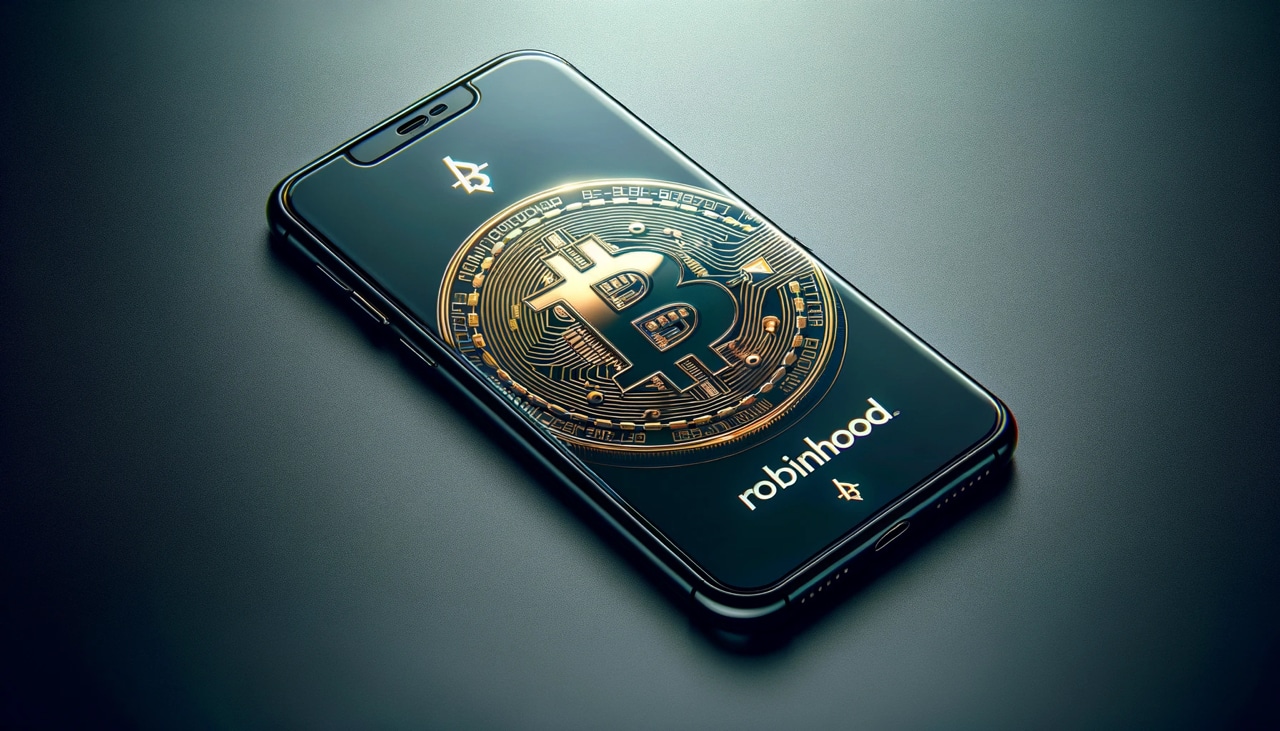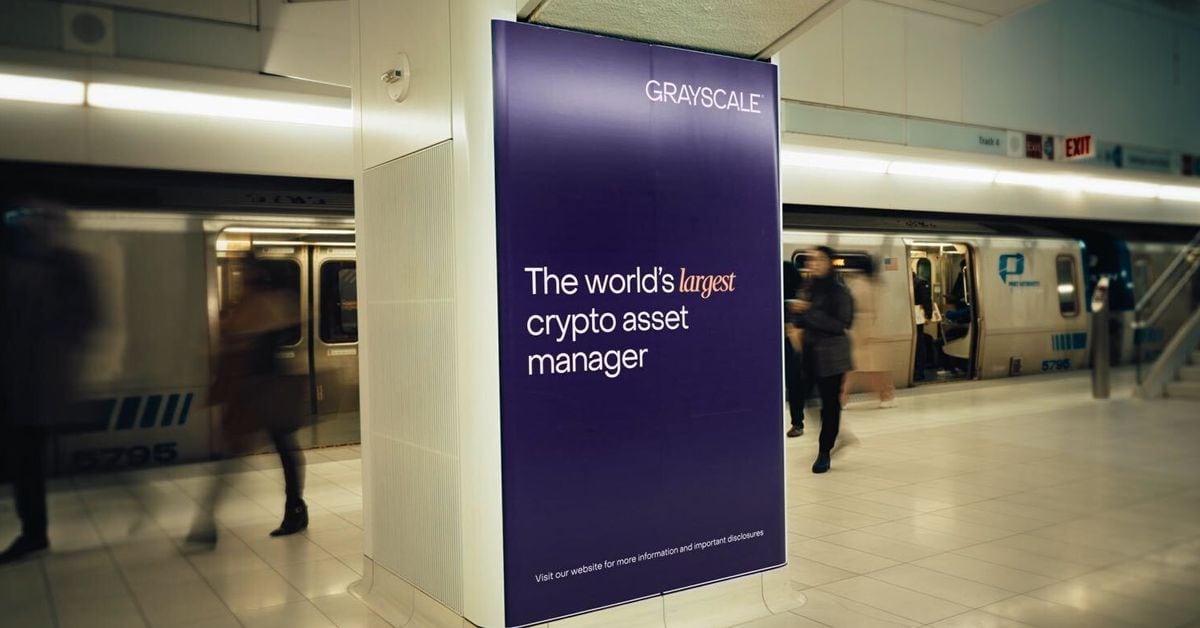Is the Witness Data Discount Fair?
Fees for including witness data in the blockchain are discounted with explicit reasoning.The Witness Discount When Bytes Come Cheap
🔍 Analyzing the Valuable Information Provided
This article discusses the concept of witness data discount in bitcoin transactions and explores whether it is fair or not. It delves into the reasons why some bytes in transactions are cheaper than others and highlights the three major improvements in bitcoin’s incentive alignment: limiting block size, shifting complex script costs from sender to recipient (P2SH), and aligning the costs of data between node runners and transactors (SegWit). The article then explains the benefits of SegWit and its impact on transaction costs. It further introduces the concept of Taproot and inscriptions, exploring their role in driving up fees and the economic density of bitcoin transactions.
By analyzing the article, we can extract the following valuable information:
- Bitcoin’s incentive alignment revolves around the native bitcoin token that pays miners for including specific transactions in blocks.
- Limiting the block size was implemented to address the cost burden on node runners, who have to relay, verify, and store transaction data without direct compensation.
- Shifting the cost of complex scripts from sender to recipient (P2SH) resolved the problem of higher fees for transactions with larger locking scripts.
- SegWit was introduced as a soft fork to fix the malleability issue and reduce transaction costs by segregating the authorization data from the transaction structure.
- The witness data discount in SegWit allows inscriptions to be charged at a lower rate, as their validation requires minimal computational cost.
- Inscriptions can drive up transaction fees, leading to the pricing out of other users due to the economic incentives of inscribers.
Now, let’s rewrite the article while incorporating vivid depictions, clever analogies, and humor to provide valuable insights and engage readers.
- Debunking Bitcoin Myths: Separating Fact from Fiction 💣💰🧐
- Open Source Justice: Revolutionizing Dispute Resolution with Bitcoin and Protocols
- Is Now the Best Time to Buy Bitcoin? Analyzing Price Trends and the Future of the Crypto Market
💡 Why Are Some Bytes Cheaper Than Others in Bitcoin Transactions?
📚 Introduction
Bitcoin, the fascinating digital currency riding on human incentives, has faced challenges in aligning the interests of its participants. In particular, the limited space within bitcoin blocks has caused skyrocketing fees for on-chain transactions. But why are some bytes cheaper than others in these transactions? And should we consider removing the witness discount, which impacts inscriptions? Let’s dive into these questions and explore the underlying dynamics in the world of bitcoin.
🧩 Aligning Human Incentives: The Satoshi Way
At the core of bitcoin’s incentive system lies the alignment between miners and transactors. Miners are motivated to include transactions in blocks by the allure of collecting transaction fees. However, aligning the incentives of node runners, who relay, verify, and store transaction data, has proven to be a more complex challenge. To address this issue, Bitcoin has implemented three notable improvements over time.
📏 Limiting the Block Size: Finding Harmony in Data
In its early days, bitcoin’s creator, Satoshi, introduced a fixed block size limit of 1 million bytes to streamline the operations of node runners. This limit ensured that nodes wouldn’t be overwhelmed by the amount of data they needed to process. Satoshi also left the door open for future changes if the need arose. However, increasing the block size limit requires more coordination, making it a hard fork change. Thus, Bitcoin has kept the 1 million byte block size limit intact to avoid incompatible changes.
✉️ Shifting Complex Script Costs: P2SH Saves the Day
As transaction fees increased, the burden fell heavily on senders with larger locking scripts, discouraging them from paying recipients. To alleviate this issue, Bitcoin introduced Pay-to-Script-Hash (P2SH) as a soft fork. Instead of including the recipient’s entire locking script in the transaction, senders simply include a hash of it. When recipients spend the transaction output, they reveal the full script. This change enabled more efficient encoding, easier sharing, and reduced discrimination based on spending conditions.
💰 Aligning Data Costs: The Rise of SegWit
Bitcoin’s most ambitious change to date is segregated witness (SegWit). It emerged as a solution to the long-standing malleability problem in transaction identification. By separating the authorization data from the transaction structure, SegWit paved the way for protocols like Lightning, dependent on unchanging transaction IDs. But how does SegWit impact the cost of transaction bytes?
🧮 The Weighted World of Data: Witness Bytes vs. Transaction Bytes
To determine the cost of transaction inputs and outputs, we need to consider SegWit’s weighting system. Under SegWit, witness data is weighted at 1 unit, while transaction data is weighted at 4 units. This weighting system results in a 4 million weight block limit, treating each weight unit as 1/4 of a virtual byte (vByte).
To truly appreciate this, let’s examine the costs of different transaction types:
📊 Transaction Example Comparison: Output Bytes, Input Bytes, Witness Bytes, Input vBytes – P2PK: Output Bytes – 44 / Input Bytes – 112 / Witness Bytes – 0 / Input vBytes – 112 – Bare 2-of-3: Output Bytes – 106 / Input Bytes – 186 / Witness Bytes – 0 / Input vBytes – 186 – P2PKH: Output Bytes – 34 / Input Bytes – 146 / Witness Bytes – 0 / Input vBytes – 146 – P2SH(2-of-3): Output Bytes – 32 / Input Bytes – 293 / Witness Bytes – 0 / Input vBytes – 293 – P2WPKH: Output Bytes – 31 / Input Bytes – 41 / Witness Bytes – 107 / Input vBytes – 67.75 – P2WSH(2-of-3): Output Bytes – 43 / Input Bytes – 41 / Witness Bytes – 252 / Input vBytes – 104
✨ A curious observation from this table is that transaction types utilizing witness scripts (P2WPKH, P2WSH) have nearly balanced input and output bytes, each considered a full vByte. Spenders of these types are then charged only 1/4 vByte for the spend’s authorization data, which isn’t fully verified for all transactions. This remarkably reduces the cost of secure 2-of-3 multisig, making it a compelling choice compared to single signatures.
⭐️ Taproot and Inscriptions: Game Changers or Status Quo?
Amidst the intricate world of bitcoin, Taproot emerges as an alternative locking method using segregated witness. While Taproot simplifies the design of analysis tools, it doesn’t significantly alter incentive structures. However, one noticeable change ushered in by Taproot is the removal of certain limits on script size. This change facilitates simpler inscriptions while maintaining the network’s core incentive structure.
🔎 Q&A Content
Q1: Why are inscriptions charged at a discounted rate? Inscriptions enjoy a witness data discount because their validation process incurs minimal computational cost compared to other transaction data. Nodes only perform a single hash check on inscription data, making it an inexpensive operation. This explains the discounted rate applied to inscriptions.
Q2: Are inscriptions driving up fees and leaving fewer options for other users? Indeed, with the current software ecosystem, inscriboooors have a greater economic incentive to make inscriptions than many individuals have to perform other types of transactions. As a result, fees are influenced by the economics of inscriptions, leading to potential challenges for users seeking more affordable options.
🌟 Future Outlook: Building Bridges to More Economic Density
To address the challenges posed by high inscription fees, the bitcoin ecosystem must focus on increasing the economic density of transactions. The Lightning Network serves as a pivotal step in this direction, enabling numerous economic transactions to be packed efficiently into a single bitcoin transaction. As economic density increases, other uses of block space may become priced out. Notably, advanced protocols like MuSig2 or FROST, along with Taproot’s efficient key path spending, could further reduce complexity and enable more cost-effective transaction inputs.
🔮 Conclusion: Patience, Innovation, and Growth
In the face of rising fees caused by inscriptions, it is crucial to adopt a patient and innovative approach. Rather than prematurely removing the witness discount or rolling back Taproot, the focus should remain on increasing the economic density of current bitcoin transactions. From enhancing Lightning wallets to exploring projects like Ark and discrete log contracts, progress rests on building a future where economic activity thrives within the bitcoin ecosystem. So, stay humble, stack sats, and keep building!
References
- 👉 Taproot Wizards Contributor Launches Script to Remove Bitcoin Ordinals Inscriptions
- 👉 Mt. Gox Creditors Accidentally Paid Twice in Rehabilitation Settlement
- 👉 Cathie Wood’s ARK Invest Sells Entire GBTC Holdings, Allocates $100 Million to Bitcoin Futures ETF (BITO)
- 👉 Discrete Log Contracts
We will continue to update Blocking; if you have any questions or suggestions, please contact us!
Was this article helpful?
93 out of 132 found this helpful
Related articles
- Embracing the Blockchain Revolution: A Look at the Potential and Challenges
- 🚀 The Crypto Revolution: A 2024 Outlook for Advisors 📈
- Navigating the Complex Regulatory Terrain: A Rollercoaster Year for the Stablecoin Market 👩💼🎢
- Solana (SOL): From Hype to Hotness – A Rollercoaster Ride for Crypto Fans 🎢💰
- Bitcoin’s Future in 2024 What’s in Store for the Cryptocurrency?
- Crypto in 2024: Building Trust and Embracing Growth
- Meme It is not only a speculative target for gold, but also the foundation of encrypted social infrastructure.






